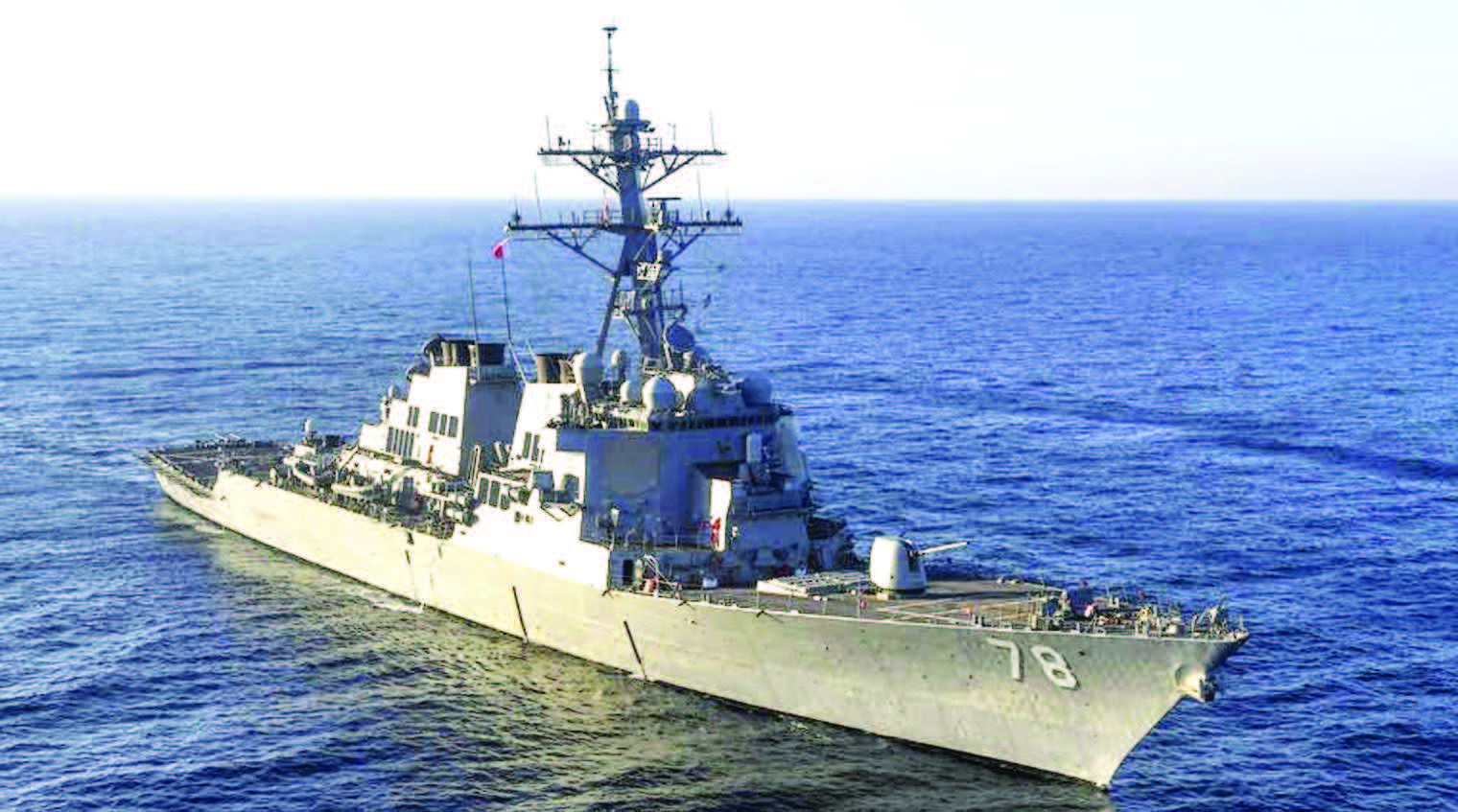
LONDON (TIP): On an enormous electronic map of the globe in the modernist headquarters of a satellite company here, two green hexagons the size of dinner plates hovered off the west coast of Australia, revealing signals from an armada of ships and planes converged in the hunt for any remains of Malaysia Airlines Flight 370.
The searchers were there in large part because the company, Inmarsat, had produced an innovative analysis of a series of fleeting radio signals from the plane — picked up by one of its satellites in the hours after the jet, carrying 239 people, disappeared from radar screens March 8. Investigators say Inmarsat’s findings were critical to establishing that the Boeing 777-200 almost certainly crashed into the southern Indian Ocean.
And more than a month since the flight took off, they remain among the few clues that investigators have as they try to piece together what happened. This week, the search vessels moved to an area hundreds of miles northwest of Perth, where Australian and Chinese ships have detected multiple “pings” consistent with those of a plane’s underwater locater beacons — not far from where Inmarsat’s calculations helped narrow estimates of the plane’s last location.
The most recent of those signals were detected on Wednesday, prompting Australian officials leading the search to suggest that remains of the plane could be found soon. Through it all, the staff in Inmarsat’s east London control room have kept constant tabs on the global flow of mobile voice and data transmissions carried by its network of 11 satellites orbiting 22,000 miles above the earth. Superimposed upon the 21-foot-long map dominating a wall is a color-coded mosaic of cells, each spanning several hundred square miles. “The nature of our system is such that we can direct communications capacity very quickly to anywhere on the globe,” said Ruy Pinto, Inmarsat’s chief technology officer.
“We are designed for that,” he added. “So when there is an event that we feel is going to require additional capacity or resources, we have a group of people that gets together and starts diverting resources to provide terminals, radio frequency and power.” Inmarsat, a communications company with $1.25 billion in revenue and 1,900 employees in more than 60 locations, has grown accustomed to playing a vital supporting role in world events, including conflicts and disaster relief. But in the case of the missing Malaysian jet, the company has found itself thrust, somewhat uncomfortably, into the spotlight. On a recent day, the cells over geopolitical hot spots like Crimea, Syria and Afghanistan were lit up in pink or yellow.
They reflected a heavy concentration of satellite phones and portable broadband terminals in use by various military, media and relief organizations. Busy sea lanes near the English Channel, the Persian Gulf and the Straits of Malacca were tinted a deep green. Mr. Pinto pointed out the patch of activity off the Australian coast. But he and the handful of engineers who did the Flight 370 analysis maintained a stoic reserve. “There is no sense of a job well done quite yet, but that will probably come later,” said Mr. Pinto, 54, a Brazilian who joined Inmarsat as a software engineer in 1990.
“There is a strong feeling that why we’re doing this is to help the investigation and try to help the families.We are very sure that our emotions, whatever they are, are nothing compared to their emotions, and we are very conscious that the story isn’t about us.” Known originally as the International Maritime Satellite Organization, Inmarsat was created in 1979 by the 88-member International Maritime Organization, an arm of the United Nations, and charged with providing a seamless global network for basic ship-to-shore voice and data communications, including free emergency services for ships in distress.




Be the first to comment